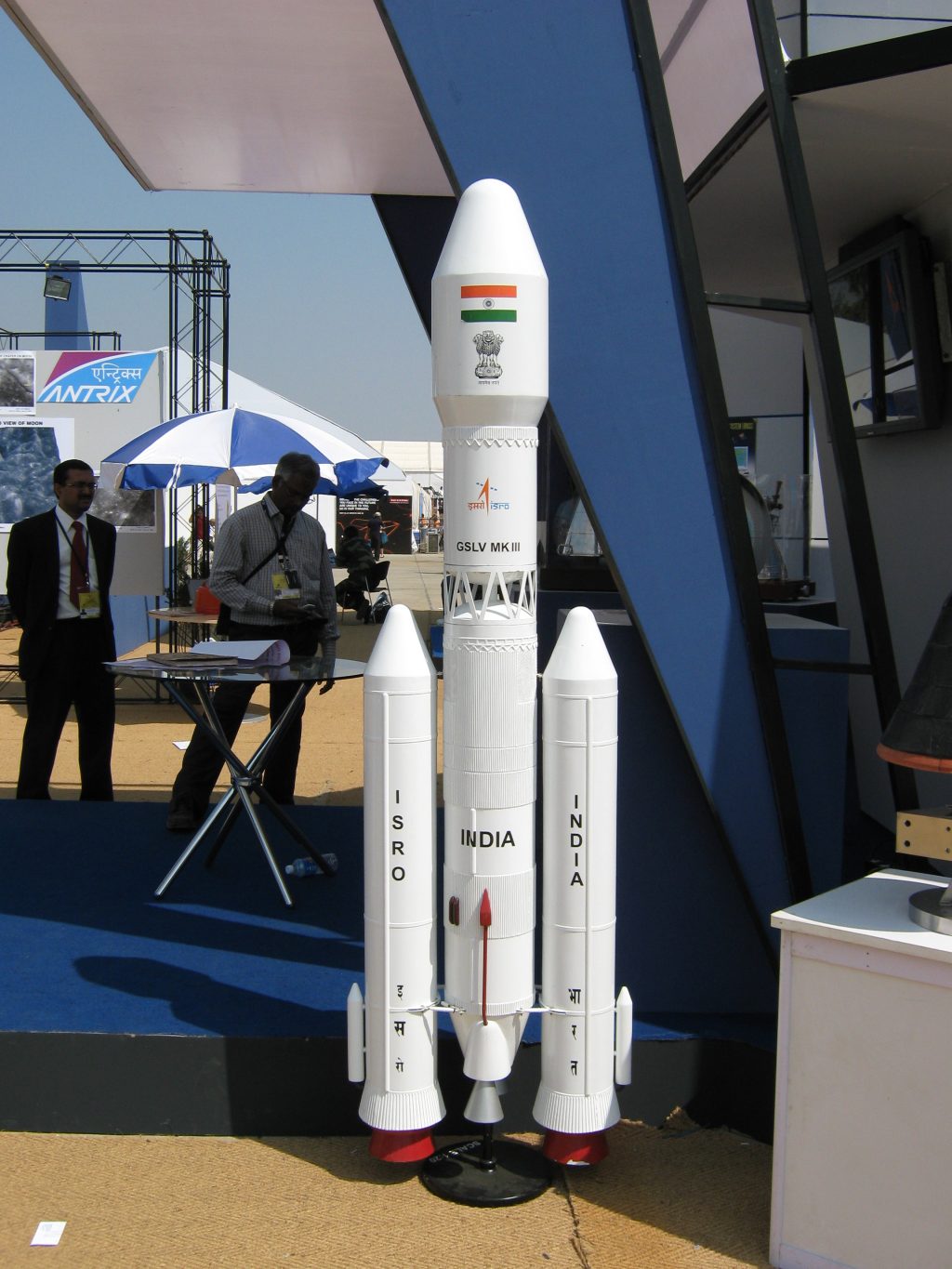Current context:
Recently, Indian Space Research Organisation (ISRO) launched meteorological satellite INSAT-3DS.The GSLV-F14 mission, which lifted off from Sriharikota, will help enhance weather forecasts.
About current context :
- This was the 16th flight of India’s Geosynchronous Satellite Launch Vehicle (GSLV), which took off from the second launch pad.
- A GSLV successfully launched the INSAD-3DS satellite into a Geosynchronous Transfer Orbit, taking 1123.06 seconds to complete at a height of 253.53 kilometres.
About GSLV F-14
- “Fat Boy” because of its larger payload capacity, launched on 17th February 2024
- GSLV is a 51.7-meter-long launch vehicle with a 420-ton liftoff mass, consisting of four earth-storable propellant stages and a solid propellant motor.
- The second stage (GS2) was also an earth-storable propellant stage loaded with 40-ton propellant.
- The third stage (GS3) was a cryogenic stage with a 15-ton propellant loading of liquid oxygen (LOX) and liquid hydrogen (LH2).
Importance:
- Strategic: Strengthens geopolitical position, increases space security and independence, and improves spacefaring capabilities.
- Technological: Prepares the groundwork for bold space exploration missions while showcasing local development.
- Economic: Promotes the expansion of the space industry by enabling the launch of application satellites for many industries.
Strategic Significance:
- Enhanced Spacefaring Capability: India’s GSLV F14, with its heavier payload capacity, enables the launch of heavier satellites for communication, navigation, and Earth observation, enhancing space security and self-reliance in critical areas.
- Geopolitical Posturing: The successful launch showcases India’s growing space prowess, deterring potential adversaries and consolidating its position as a major space player. It bolsters India’s soft power and diplomatic influence on the global stage.
Technological Advancements:
- Indigenous Development: The mission employed several indigenously developed technologies, reducing dependence on foreign imports and promoting domestic R&D in advanced aerospace materials, propulsion systems, and control mechanisms. This fosters self-sufficiency and technological leadership.
- Space Exploration: GSLV F14 paves the way for more ambitious space exploration missions, including future lunar and interplanetary probes. This furthers scientific discovery and technological innovation in critical areas.
Economic Benefits:
- Satellites for Socio-economic Development: The heavier payloads enable launching application satellites for various sectors like agriculture, disaster management, telemedicine, and education, boosting economic growth and social welfare.
- Space Industry Growth: The mission serves as a catalyst for the Indian space industry, attracting investments, creating high-skilled jobs, and fostering entrepreneurship in related sectors.
Challenges and Future Outlook:
- Cost Optimization: Continued efforts are needed to optimize launch costs and make space exploration more affordable.
- Human Spaceflight: While GSLV F14 is a crucial step, further advancements are required to achieve India’s human spaceflight ambitions.
- International Collaboration: Strategic partnerships with other spacefaring nations can accelerate technological development and knowledge sharing.
Conclusion:
The successful launch of GSLV F14 marks a pivotal moment in India’s space journey. By analyzing its strategic, technological, and economic implications,

